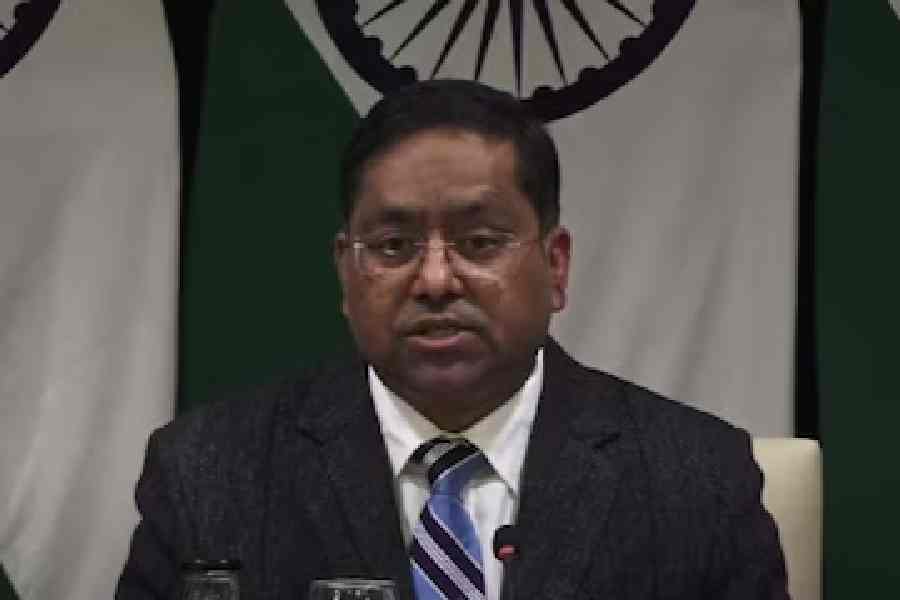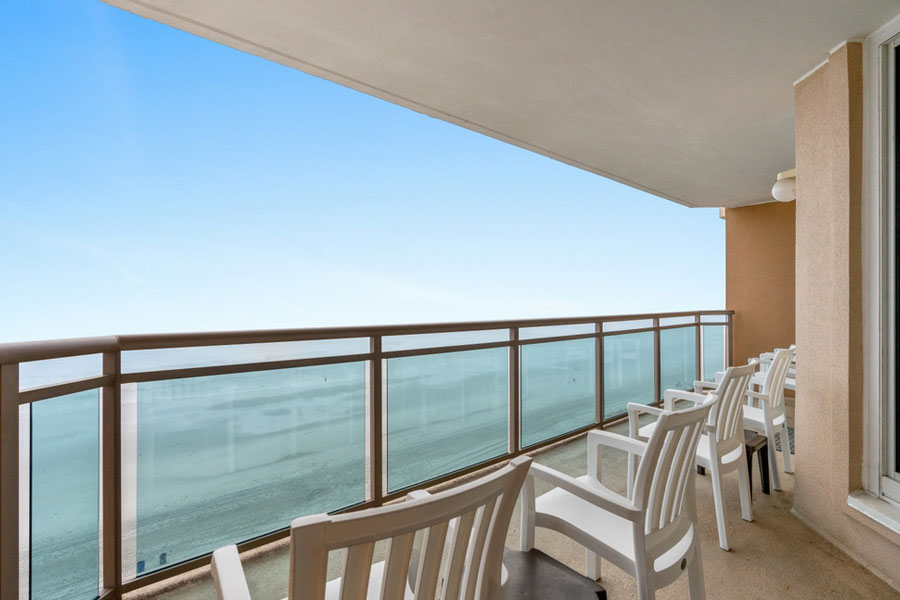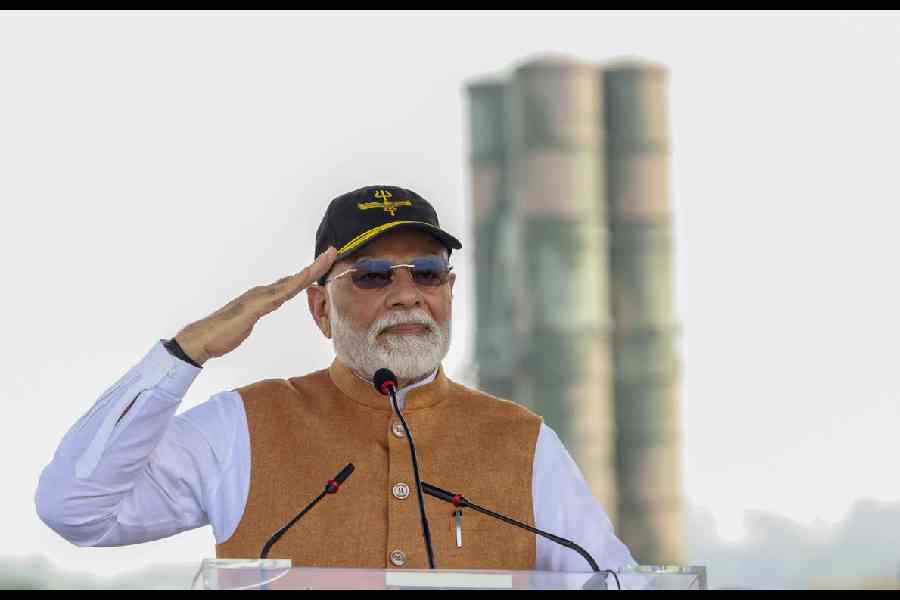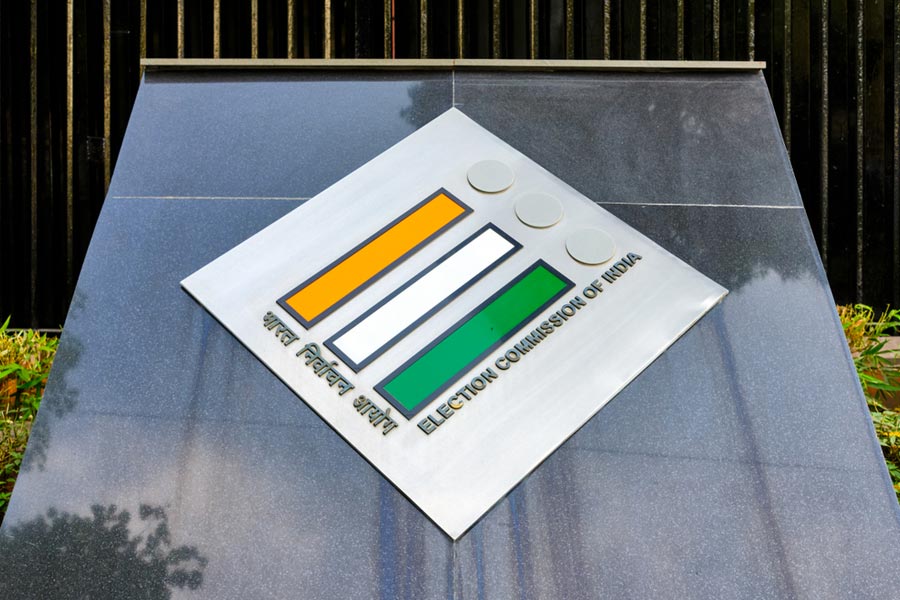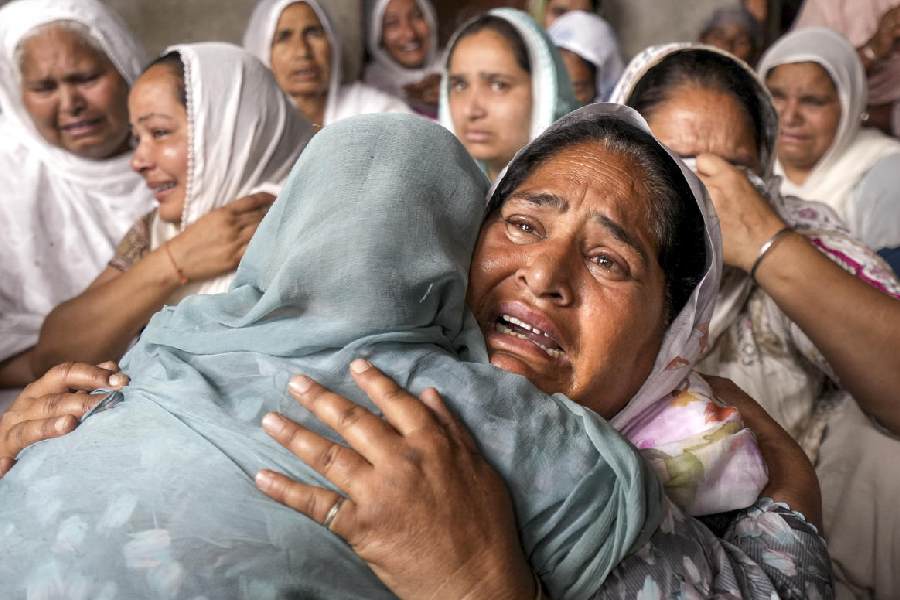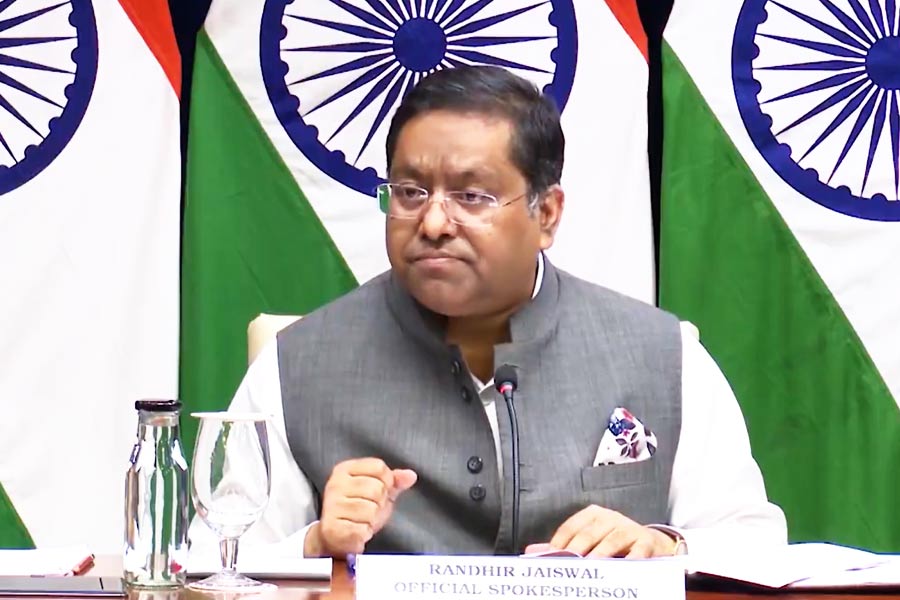 |
| paving a path for visitors: Alok Prasad, general manager of Jharkhand State Tourism Development Corporation. Picture by Hardeep Singh |
It was a stroke of luck that charted out Alok Prasad?s career for him. After graduating with honours in physics, Prasad did his masters in business administration. He also has a degree in law to boast of. Once, when on a trip to Goa, Prasad was impressed with the services of the Indian Tourism Development Corporation (ITDC). Working with Nabard then, as the project formulation officer, Prasad responded to his true calling and applied for a job with the state tourism development corporation, which would give him an opportunity to travel. He lapped up the job and joined the Bihar State Tourism Development, and after joining, he added a Ph.D degree, ?Marketing in Tourism Development, a case study of Tourism Industry in Bihar?, to his credit. He has visited Shanghai and Beijing as part of his job.
After the bifurcation of Bihar, he shifted to Jharkhand State Tourism Development Corporation (JSTDC) in July last year and was promoted to the post of general manager in November the same year.
And by now, he has already made a difference. For example, when three tourists from Calcutta were robbed on their way to Netarhat from Betla, he arranged for their accommodation in Netarhat and return to Calcutta via Ranchi. He also makes it a point that he and his staff are available for tourists, whenever they need them.
Alok Prasad talks to Arun Kumar Thakur in this interview about the prospects of tourism in Jharkhand.
lWhat, according to you, is the motto of Jharkhand State Tourism Development Corporation?
Our motto is to promote sustainable tourism in the state, which will be pivoted on economy, ecology and culture. Special effort will be directed towards highlighting the cultural entity because of the rich cultural heritage that the state boasts of.
We are also working on increasing private sector participation in the tourism sector, both for generating employment and infrastructure, as tourism has tremendous potential for generating employment for local people.
lWhat do you think tourists look for?
Previously, the American concept of tourism consisted of four the four S?s ? sun, sea, sand and sex. But now this has changed to the six S?s ? swagat (hospitality), soochana (information), suwidha (facilities), suraksha (security), sahyog (cooperation), sanrachna (infrastructure). To this I would add two more ? swastha (health) and safai (cleanliness).
lWhy does the state lag behind in tourism despite having such potential?
Unfortunately, in erstwhile Bihar, budgetary allocation for tourism was meagre ? less than a crore for the entire state. Hence, a number of projects, even some projects of the central government, could not be taken up because of lack of funds to provide for even the 20 per cent that the state has to provide in the Centre?s projects. Under such circumstances, Jharkhand region remained aloof and infrastructure could not be developed properly.
lNow that Jharkhand is a separate state, how do the state of affairs look?
The department is now working hard to make up for the lost time and opportunities. Fortunately, senior officials, like the secretary, are serious about the development of tourism in the state. And now there is good allocation of funds as well. We are working on an action plan and hope to provide better facilities to tourists.
lYou mentioned a plan of action. Will you please elaborate on it?
We are working on a four-point action plan, consisting of the basic infrastructure, including road, water and power supply. Besides, we are also working on providing tourism-specific infrastructure, which includes providing facilities such as golf course, shops and so on. Thirdly, the infrastructure for entertainment is also being developed. And lastly, we are working on providing better accommodation, transport and catering to the tourists.
lAny other measures that the corporation and the department of tourism are going to take up?
We want to break away from the seasonal factor in tourism and ensure that tourists visit the state round the year. We are also planning to devise ways of spreading tourism to lesser-known areas, including rural tribal areas. This will involve national parks and wildlife sanctuaries.
lHow are the different categories of tourism relevant in the state?
Eco-tourism has tremendous potential and is very important for our state. We are also promoting religious tourism because we have places of religious importance, like Parasnath and Deoghar, on our map. This year we expect a 100 per cent increase in religious tourism as we expect more Jains to visit Parasnath following our work in Mumbai. And our efforts in promoting adventure tourism is also paying rich dividends if the recent roadshow in Calcutta is anything to go by. We are expecting the response to the Adventure Tourism Festival, from October 26 to 29, at Khandoli in Giridih, to be good.
lWhat is the status report on the infrastructure that is already available?
We have 12 hotels and all of them are being renovated. Six new units have been added at Rikhia (in Deoghar), Ghatshila, Rajrappa, Tenughat, Godermana (in Garhwa) and Itkhori. Very soon, the work on the ropeway at Trikuti hill, near Deoghar, will also start.
lWith Jharkhand being a separate state now, what is necessary to give a boost to tourism?
We do not have any five-star hotels and that is imperative, along with a chain of hotels, if we want more foreign tourists here. Take the Kerala model for instance. Even Ernakulum has two five-star deluxe hotels, two five-star hotels, three four-star hotels, along with 16 three-star hotels.


